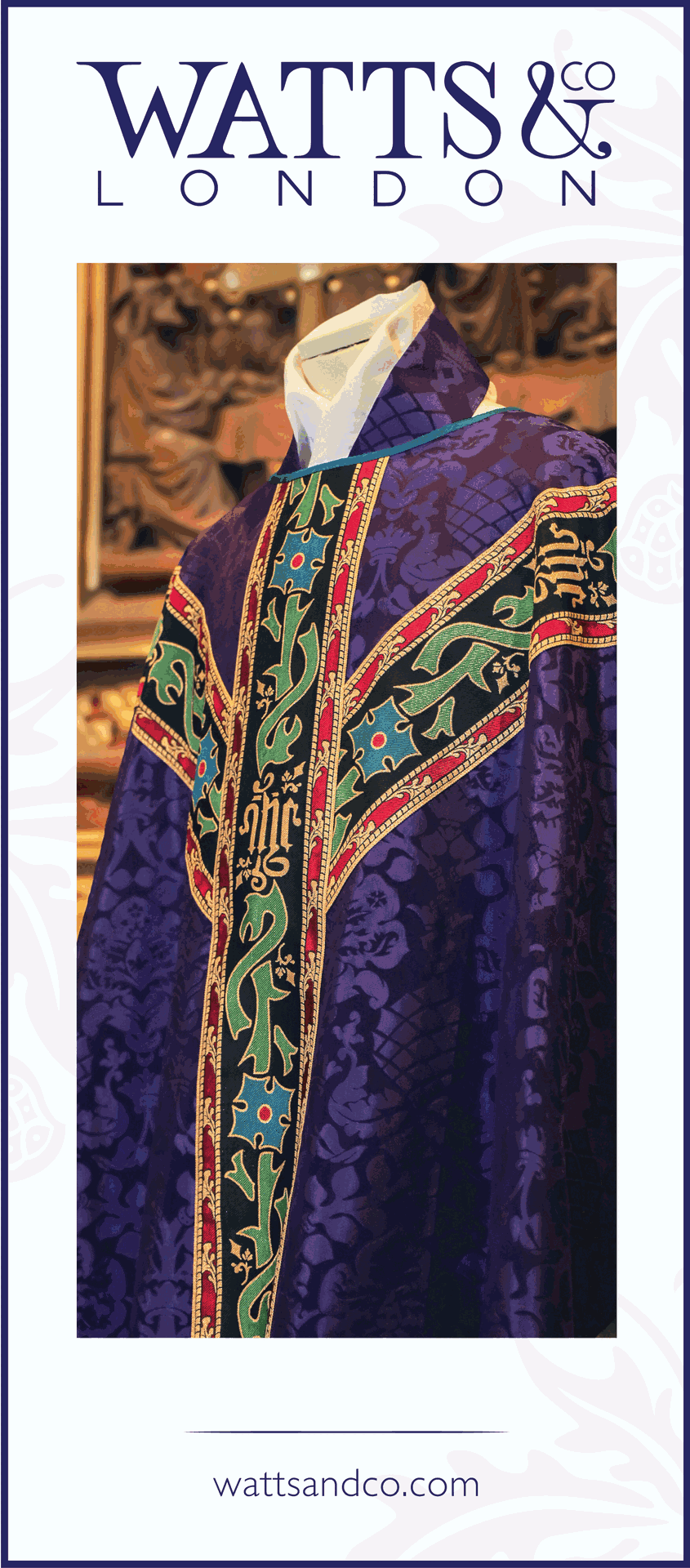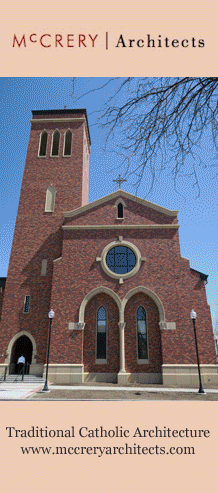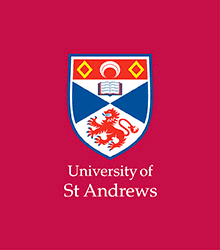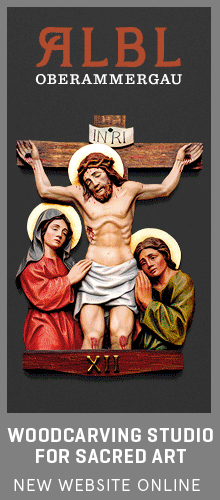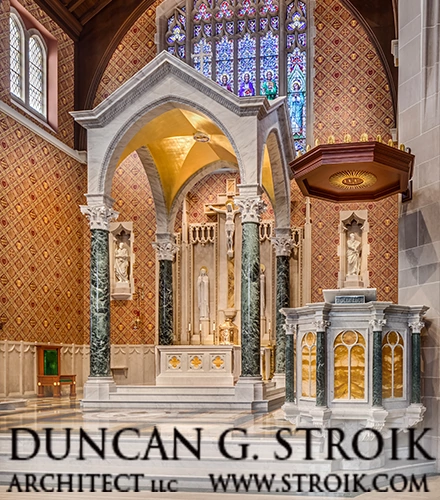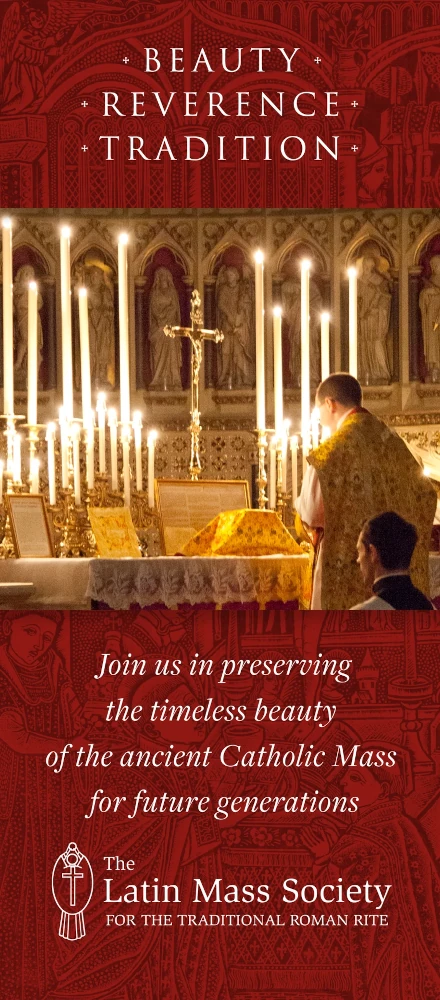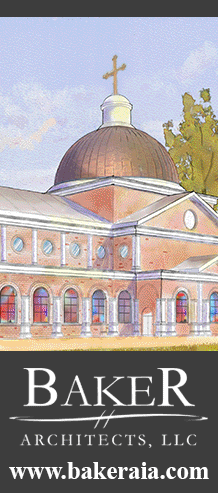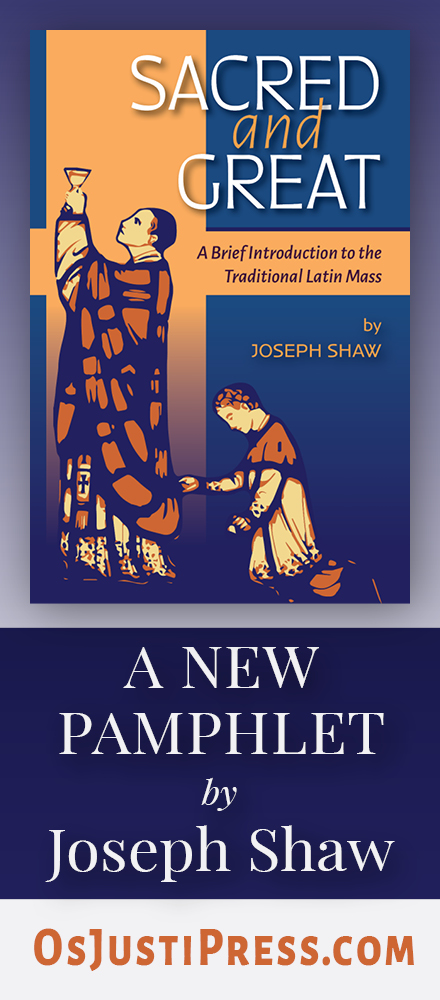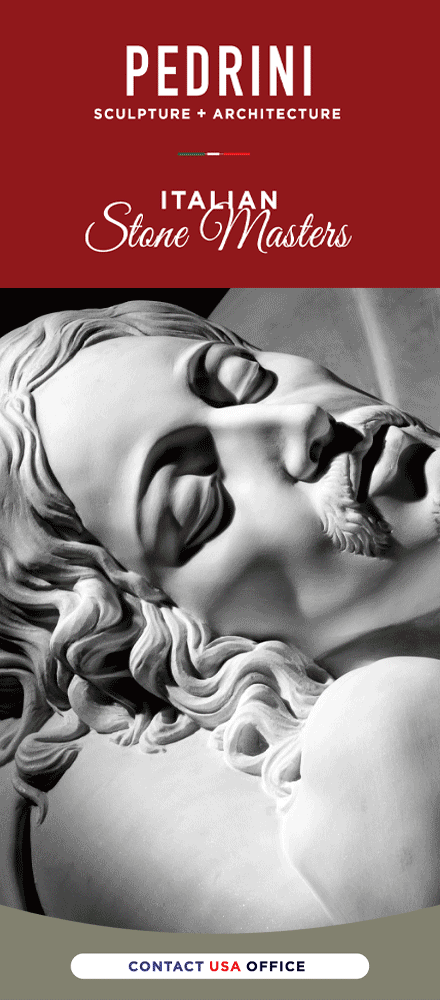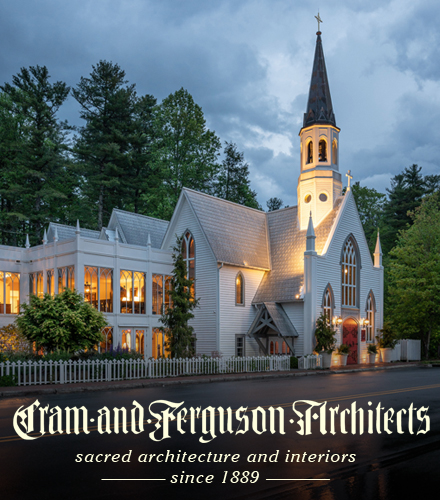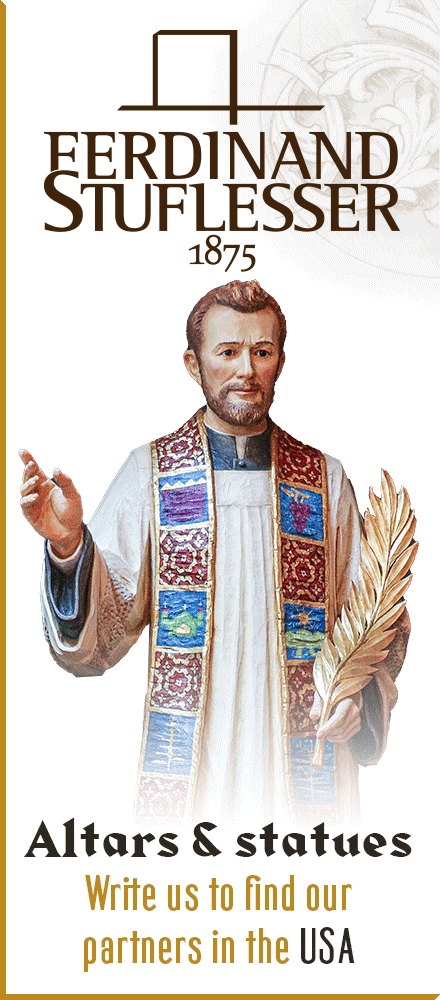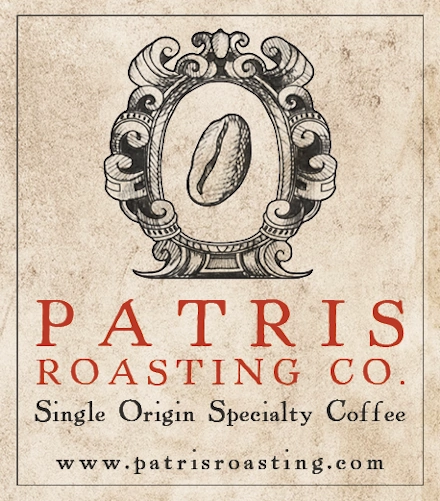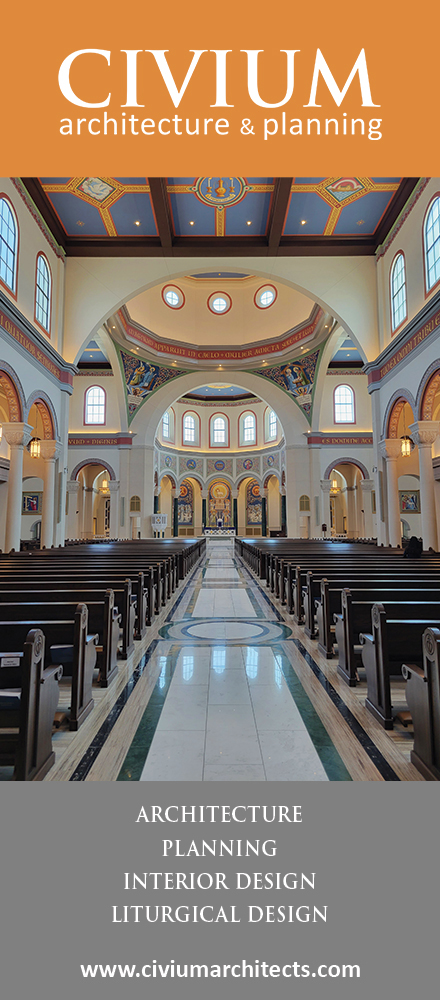Book Review:
Liturgy, Participation and Sacred Music: Proceedings of the Ninth International Colloquium
CIEL (Centre International d'Etudes Liturgiques), 270pp. CIEL UK: 2006
ISBN: 0-9538361-4-2
13.00 Pounds
Reviewed by Shawn Tribe
In the late autumn of 2003 the ninth international colloquium of CIEL, the Centre International d'Etudes Liturgiques (or International Centre for Liturgical Studies) was held in the splendid setting of the parish church of St. Eugene and St. Cecilia in Paris, France. This ninth colloquium was held on the theme of “Liturgy, Participation and Sacred Music” and these papers were recently published in English on the part of CIEL UK under the same title.
As with all CIEL colloquia, these conferences attract a great deal of participation from some of the foremost liturgical scholars and thinkers of our day, all of whom seek to operate within, what Pope Benedict XVI has identified as, a “hermeneutic of continuity”. This particular colloquium hosted such respected individuals as Cardinal Medina-Estevez, prefect emeritus of the Congregation for Divine Worship, the Rev. Dr. Alcuin Reid, author of The Organic Development of the Liturgy, Dr. David Berger, author of Thomas Aquinas and the Liturgy, Msgr. Michael Schmitz of the Institute of Christ the King, Fr. Peter Stravinskas, and many others.
The papers given in this colloquium comprise an excellent study and meditation upon the meaning of one of the most quoted principles of the liturgical movement and the Second Vatican Council: actuosa participatio - active participation. In fact, this particular volume is probably the single best and most comprehensive collection of papers on the nature of active participation that as of yet exists. This consideration includes that of the recent (and also excellent) study put together by Hillenbrand Books, Cardinal Reflections; Active Participation and the Liturgy, wherein four Cardinals -- Pell, George, Medina-Estevez and Arinze -- give papers on this same theme. This latter volume would make an excellent companion volume to these proceedings, but if you had to buy just one, the CIEL volume would be an excellent choice giving the richest breadth of thought.
Included in the 2003 CIEL proceedings are in depth studies of the origins of the idea of active participation in Pope St. Pius X and Dom Prosper Gueranger, “father” of the liturgical movement. These are invaluable in understanding the origin and deeper contextual meaning of this principle. As part of this process are also included studies of figures within the liturgical movement, including Pope Pius XII and his liturgical encyclical, Mediator Dei, which led up to the Second Vatican Council and Sacrosanctum Concilium.
It is no secret that in our modern day this principle has become, in certain liturgical quarters, effectively synonymous with liturgical activism, and thus has been distorted from what was intended by the Council, St. Pius X, Pope Pius XII and others. The correction of this distortion forms a substantial part of the considerations of the various papers found here. This is not to say that there is not an external dimension to genuine active participation, nor a co-relation. Indeed, while acknowledging this dimension, which includes such things as liturgical posture, sacred music and other forms of vocal participation, the central character of active participation is first and foremost characterized by an interior principle of activity, not an exterior. A right ordering of our understanding of actuosa participatio recognizes that our external actions in the liturgy should be an expression of this internal participation in the sacred mysteries.
What is particularly enriching about this collection is the breadth of thought, and the different approaches taken to the examination of the matter. As such, a number interesting themes and thinkers arise. For example, Dr. David Berger takes readers through a consideration of the question in relation to the thought of the great Doctor of the Church, St. Thomas Aquinas. Here he discusses St. Thomas' emphasis upon the importance of the internal dimension of prayer, in which context are justified the external acts of religion.
The Rev. Dr. Guido Rodheudt of Sinfonia Sacra (a German sacred music society) develops an interesting consideration of the question through the thought of one of the most talented and insightful Catholic philosophers of our age, Josef Pieper, author of, amongst many interesting titles, Leisure the Basis of Culture and In Tune with the World: A Theory of Festivity. As Fr. Rodheudt himself comments, this might seem an odd pairing, but Pieper is indeed very liturgical in his thought - even if primarily on an implicit level. Fr. Rodheudt shows that for Pieper (who operates within a classical anthropology), it is through silent contemplation and listening that one learns. “Therefore, the one who wishes to participate in liturgical action is only in a position to do so when he disregards himself, when he gazes away from himself to God...” We are thus put into a position of receptivity, but this act [sic] of receiving is indeed active. In our day to day life we are accustomed to the inverse, to being the prime mover if you will, but in perhaps one of the most memorable quotations in the book, Fr. Rodheudt reminds us that “the celebration of the Christian liturgy is not a matter of a paraphrased form of daily life.” The Christian liturgy is something much different and much more.
Fr. Pietro Cantoni, prefect of studies at the Italian seminary of Masse Carrara and founder of Opus Mariae Mediatricis, presents an excellent study on the topic of sacred language, wherein he challenges the modern predilection for pitting more formal liturgical language against “familiar speech”. As he notes, languages have various modes of expression, some more formal and some less so, but this does not mean they are not without understanding or familiarity. The same, of course, can be said for Latin, which while not one's mother tongue, can become quite familiar and understandable even if not used in mundane conversation. Speaking generally on the effect of the use of ancient forms of language in the liturgy, he notes that it “does not obscure but reveals in the sense that it aids the lifting of the veil of the obvious and the pedestrian, in order to lead towards the mystery...” Father Cantoni points out that the use of ancient languages or forms of language is in fact beneficial to active participation by reason of the stability and familiarity that comes with it. Too much liturgical variation and instability actually discourages active participation - a fairly tangible and experiential reality to faithful whom have had the unfortunate experience of being subjected to an over-bearing principle of novelty and creativity in their parish churches.
The Rev. Dr. Alcuin Reid considers this matter in the light of the liturgical movement, including the distortions that developed in parts of it. One such distortion he highlights in the thought of Romano Guardini and Pius Parsch is their promotion of Mass celebrated versus populum. Besides being presumed to be the ancient way of celebration (which, as Fr. Uwe Michael Lang has pointed out in his recent and excellent study, Turning Towards the Lord: Orientation in Liturgical Prayer, is quite a debatable assumption indeed, being seriously questioned even by the likes of the liturgical scholar, Fr. Josef Jungmann), they also presumed that seeing all the ritual actions best served participation in the liturgy. Aside from the (not minor) fact that this brushed aside the eschatological and cosmological dimensions of celebration ad orientem (literal or liturgical), Dr. Reid argues that “total visual participation is not necessary for active participation” and can possibly even result in “ritual exhaustion”. Rather, “it is the Liturgy as a whole with its many nuances... with mind and heart and with the freedom allowed by the distinct characters and differing immediacies of the various parts of the rites” which serves this end. Dr. Reid further considers other matters in his paper, including the liturgical movement's inadvertent shift toward external activism, the development of the idea that liturgical tradition of the Church could not speak to modern man, and a proper view of pastoral adaption of the liturgy (which is neither immobilistic on the one hand, nor diminutive of the received, objective liturgical tradition on the other).
One could continue on, but suffice these few examples to give a sense of the volume. Readers will be delighted with the quality of the writing and translation found therein and the papers are accessible to scholars and non-scholars alike. Walking away from the volume, one will come out enriched by the breadth and depth of Catholic thought, as well as a clearer understanding of what the Church means when it desires the full, conscious and active participation of the faithful.
As an additional bonus, essays from the 2004 CIEL UK national conference are included, including Alcuin Reid's paper on whether we need a new liturgical movement.
A volume to be highly recommended.
To order: visit CIEL UK's website at www.ciel-uk.org or send an email to secretary@ciel-uk.org
Monday, September 04, 2006
Review of CIEL 2003: Liturgy, Participation and Sacred Music
Shawn TribeMore recent articles:
Spy Wednesday 2025Gregory DiPippo
It is worthy and just that we should always give Thee thanks, Lord, holy Father, eternal and almighty God, through Jesus Christ, Thy Son, our Lord, Who willed to suffer for the impious, and be unjustly condemned for the wicked; Who forgave the praying thief his crime, promising him Paradise by His most agreeable will, Whose death wiped away our cri...
The Chrism Mass: Tradition, Reform and Change (Part 1) - Guest Article by Abbé Jean-Pierre HermanGregory DiPippo
We are very grateful to Fr Jean-Pierre Herman for sharing with us this important article about the Chrism Mass and its recent reforms. The French original was published two days ago on the website of the Schola Sainte-Cécile as a single article; it will be published here in two parts. Fr Herman is professor of liturgy at the Good Shepherd Institute...
The 2nd Adeodatus Conference on Catholic Education, June 18-21 at Belmont Abbey CollegeDavid Clayton
Find out more and register here.This four-day gathering brings together educators, scholars, and Catholic thought leaders to explore the integral formation of students and teachers in mind, body, and spirit. Each day will focus on a distinct theme, beginning with Sound Bodies & Keen Minds, addressing topics like memory, mimesis, and freedom fro...
Guest Review of Mons. Stefan Heid’s Altar and Church: Principles of Liturgy from Early ChristianityGregory DiPippo
We are grateful to Dr Michael Coughlin, Professor of Theology at Saint John’s Seminary in Boston, for sharing with NLM this review of Monsignor Stefan Heid’s book Altar and Church: Principles of Liturgy from Early Christianity. Mons. Heid is a priest of the archdiocese of Cologne, Germany; he has taught liturgy and hagiography at the Pontific...
A Liturgical Oddity of Holy MondayGregory DiPippo
In the Missal of St Pius V, there is a very small number of days on which two Scriptural lessons are read before the Gospel: the Wednesdays of the Embertides, of the fourth week of Lent and Holy Week, and Good Friday. As I have described elsewhere, these readings are actually part of a block which is inserted into the Mass between the Kyrie and the...
Palm Sunday 2025Gregory DiPippo
Thou didst incline the heavens, and come down to the earth as one merciful. Thou didst not leave the throne of the Cherubim, Thou sat upon a colt for our sake, o Savior of the world! And the children of the Hebrews came to meet Thee, and taking palms in their hands, they blessed Thee: “Blessed art Thou who hast come to the Passion of Thy own ...
Superb Recordings of the Hymns of PassiontideGregory DiPippo
As we are about to enter Holy Week, here are two genuinely outstanding recordings of the hymns for Passiontide Vexilla Regis and Pange lingua. These come from an album released by the choir of Westminster Cathedral in October of 2023, titled Vexilla Regis: A sequence of music from Palm Sunday to Holy Saturday; the 21 tracks are also ...
The Mass of Passion Thursday - ContinuedGregory DiPippo
In yesterday’s article, I described the Roman station church of Passion Thursday as a place of exile for Eastern iconodule monks whom the persecution of the iconoclast Byzantine emperors had driven into Italy. This basilica is dedicated to St Apollinaris, the first bishop of Ravenna, who is traditionally said to have been a disciple of St Peter, se...
The Offertory Incensation, Part IIMichael P. Foley
Cardinal Hayes incensing the altar at the opening Mass for the 7th National Eucharistic Congress at the Public Auditorium in Cleveland, 1935Lost in Translation #123 When the priest incenses the altar, he recites Psalm 140, 2-4: Dirigátur, Dómine, oratio mea, sicut incensum in conspectu tuo: Elevatio manuum meárum sacrificium vespertínum. Pone, Dó...
A Choirmaster’s Reflections on the Twelve Passion Gospels: Guest Article by Fr. Herman MajkrzakGregory DiPippo
One of the most powerful services of the extremely rich Byzantine Holy Week is Matins of Great and Holy Friday, known as the Matins of the Twelve Gospels. This consists of the (mostly) regular order of Matins as it is celebrated in Lent, into which Twelve Gospel readings of the Lord’s Passion are added at various points. I am very grateful to my fr...

